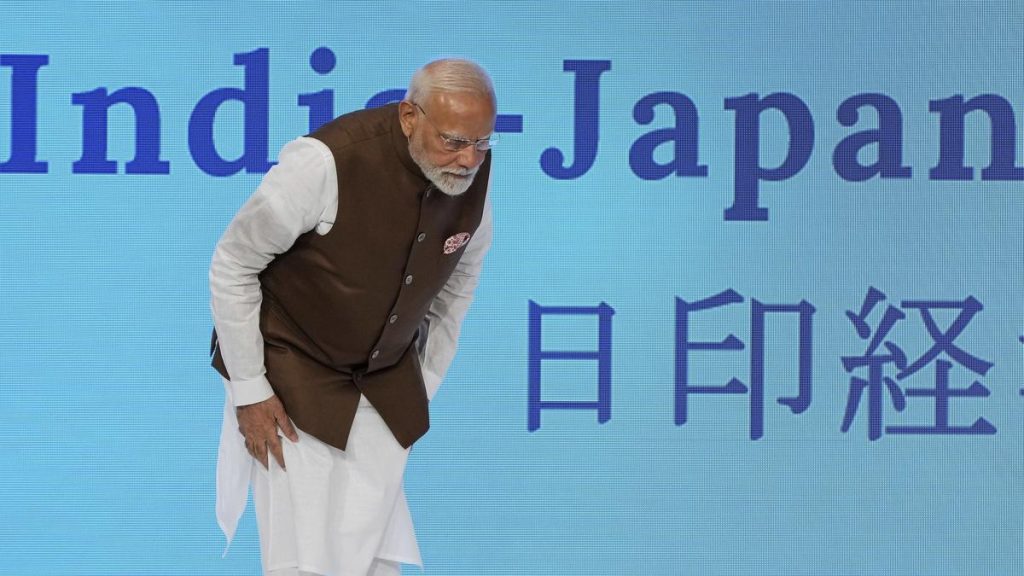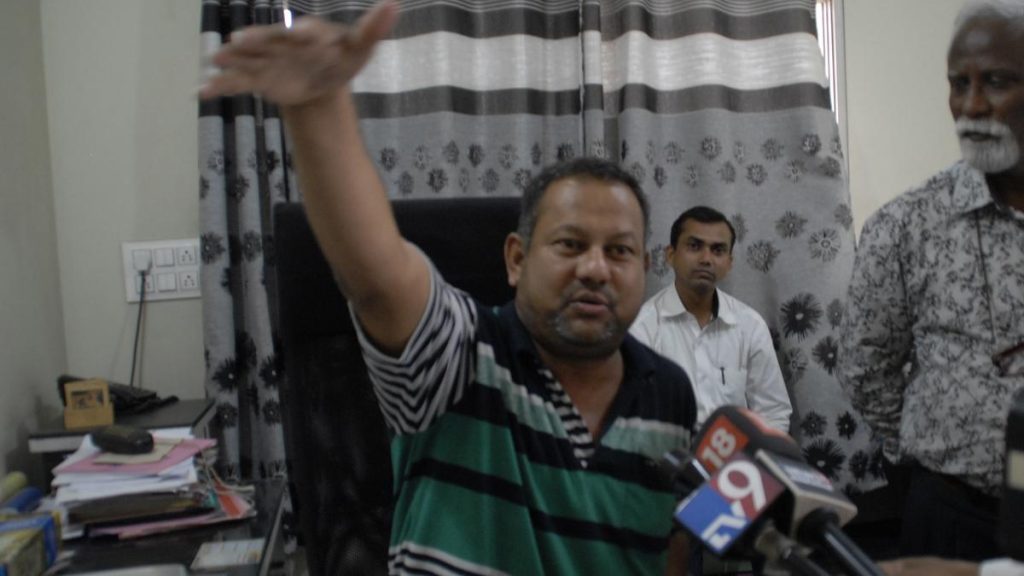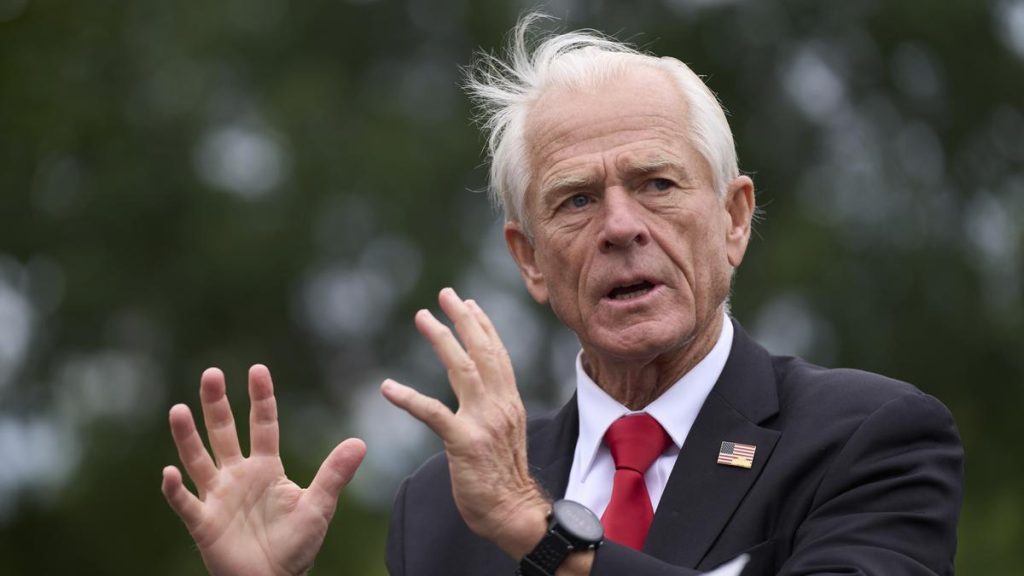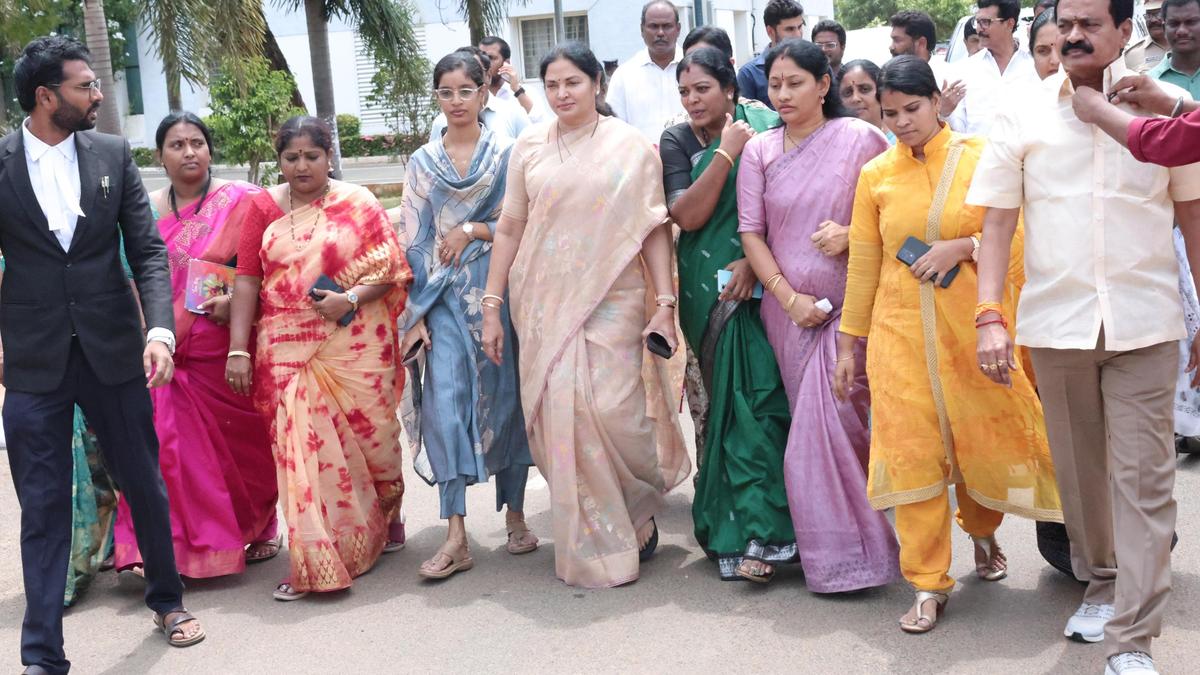Now Reading: Yadgir Schoolchildren Face Safety Risks Crossing NH 150
-
01
Yadgir Schoolchildren Face Safety Risks Crossing NH 150
Yadgir Schoolchildren Face Safety Risks Crossing NH 150
Fast Summary
- National Highway 150, connecting Kalaburagi (Karnataka) with Gooty (Andhra Pradesh), passes through Yadgir city, creating safety challenges for students.
- Students from both private and goverment institutions must cross teh busy highway daily without protective measures like rumble strips or road humps.
- Parents have demanded scientific road humps in school zones near Deputy Commissioner’s office and Basaveshwar Gunj Circle, along with speed limits and caution boards for motorists.
- NHAI officials replied that Supreme Court directions prohibit speed breakers on national highways. Instead, local municipal authorities are encouraged to act within their jurisdiction.
- A bypass project costing ₹136 crore is proposed to divert traffic from Yadgir city but faces delays due to mismatched survey numbers in land records during land acquisition.
- MLA Channareddy Patil Tunnur discussed the matter with officials and suggested schools formally request solutions via letters to the Deputy Commissioner.
- The Education Department intends to instruct schools to deploy security personnel for escorting children while crossing roads near the highway.
Indian Opinion analysis
The safety issue faced by students along National Highway 150 underscores an urgent need for infrastructure-based intervention as population growth fuels urban traffic challenges. With parents demanding scientific safety measures such as rumble strips or speed limit boards, adherence to Supreme court rulings prevents immediate direct action from NHAI. This reflects a broader policy dilemma wherein national-level directives intersect local concerns.
The proposed bypass at ₹136 crore could serve as a long-term remedy by easing congestion and enhancing pedestrian safety in city zones; however,its delay due to bureaucratic inefficiencies highlights systemic flaws in project execution timelines across India’s urban planning efforts.
Additionally, measures like deploying security personnel underscore adaptive approaches that utilize available institutional resources while awaiting larger-scale infrastructural solutions. A coordinated effort involving municipal councils and education departments may address short-term risks effectively until permanent alternatives materialize.
While concerns remain over student safety today versus future fixes like a bypass road, this case illustrates a pressing need for governments at all levels-local authorities included-to prioritize sustainable mobility alongside vigilance toward public welfare.
Read more: [Link source retained above without modification.]
























